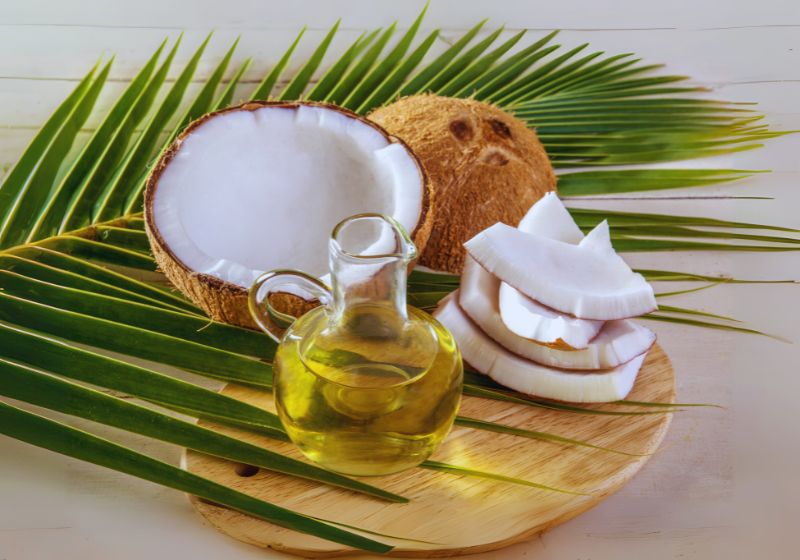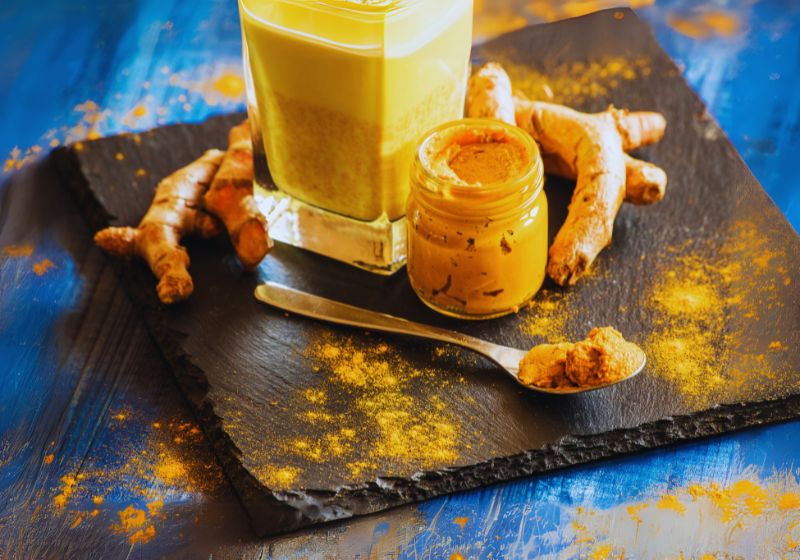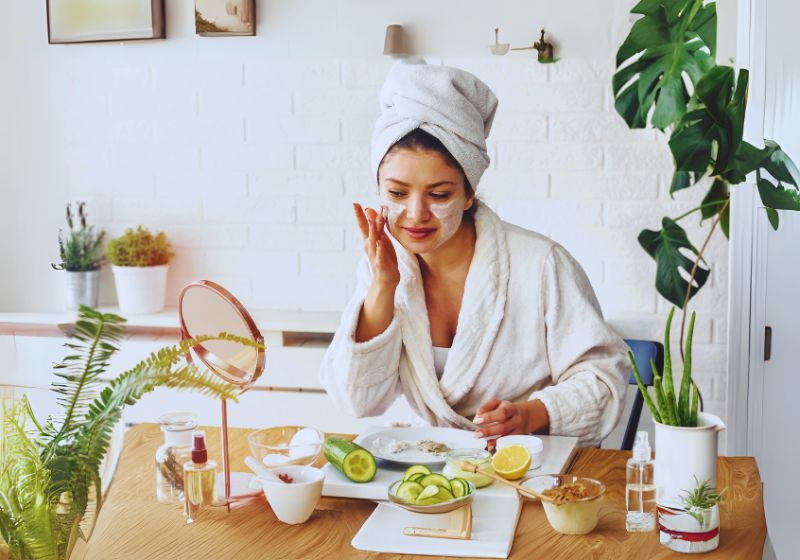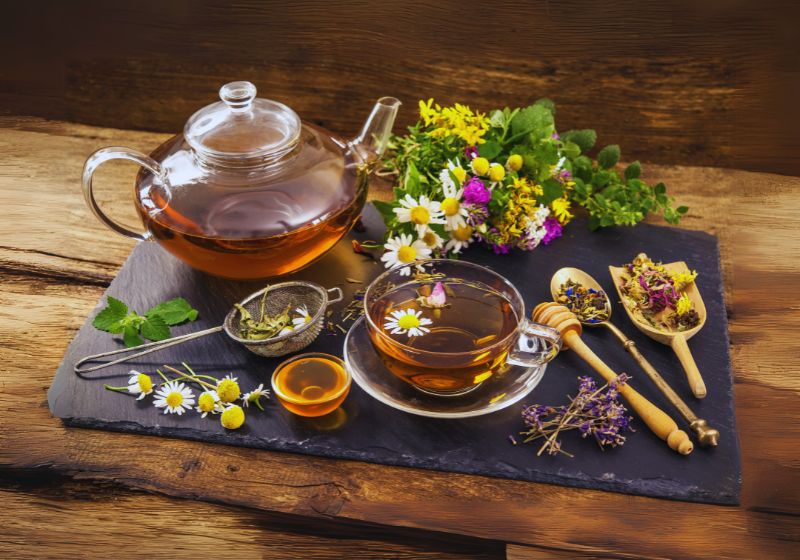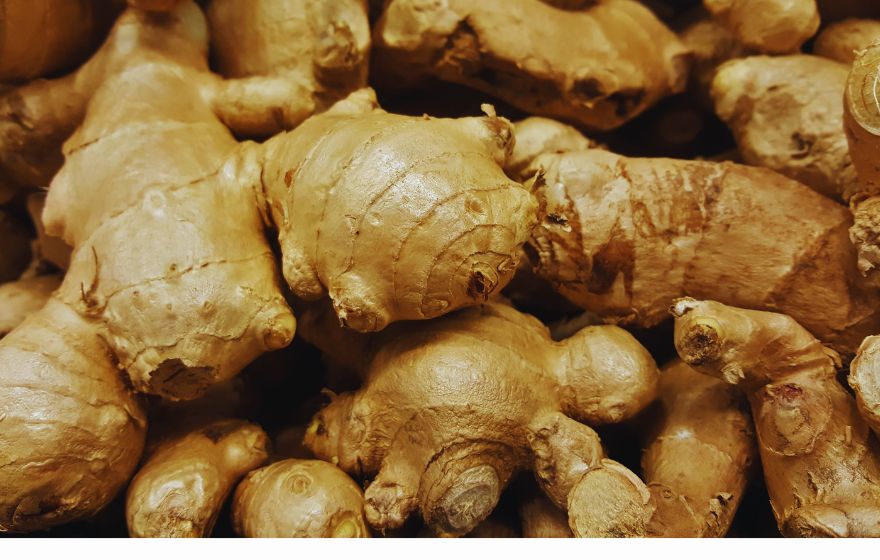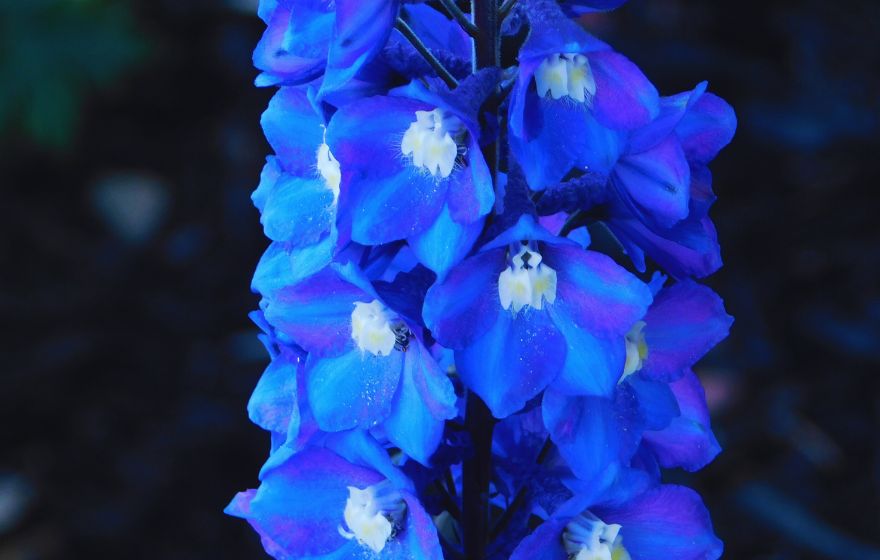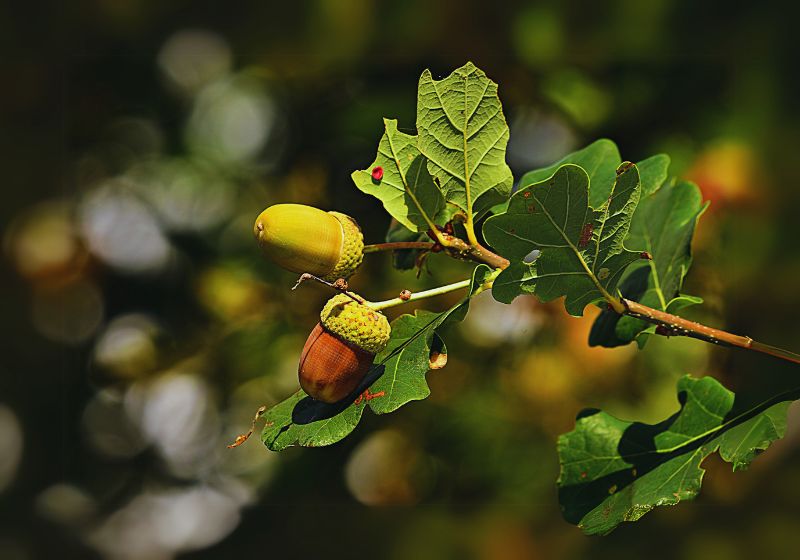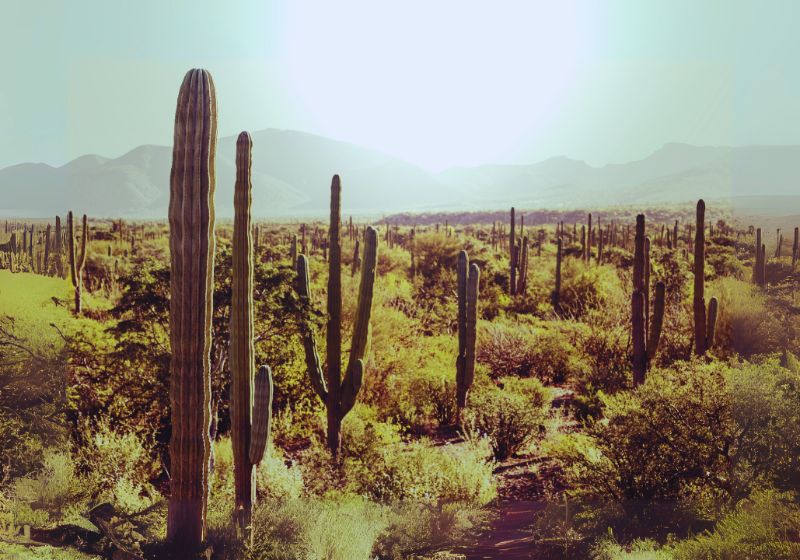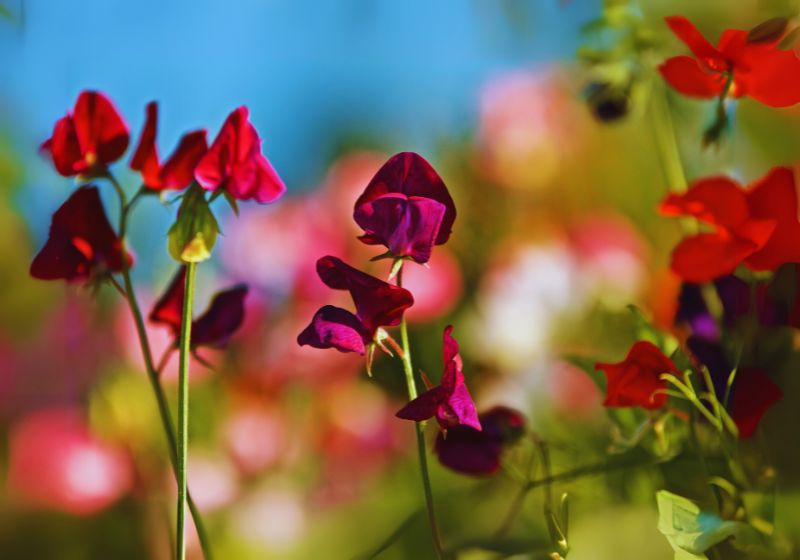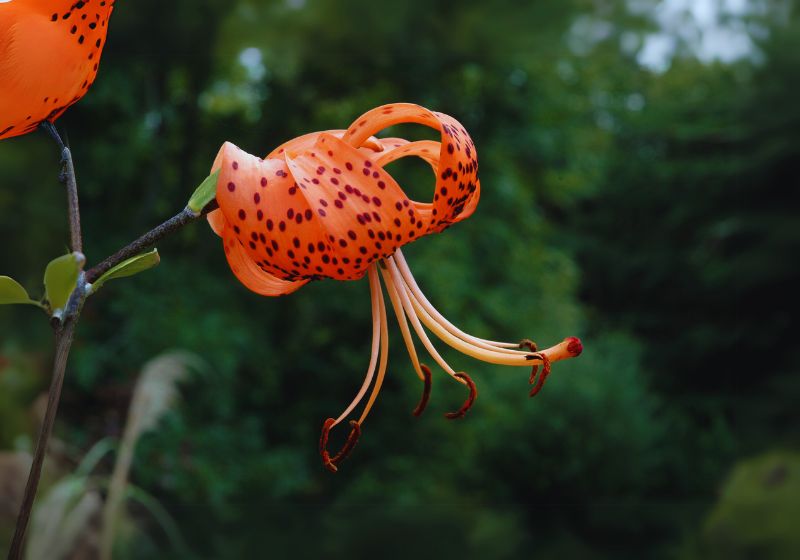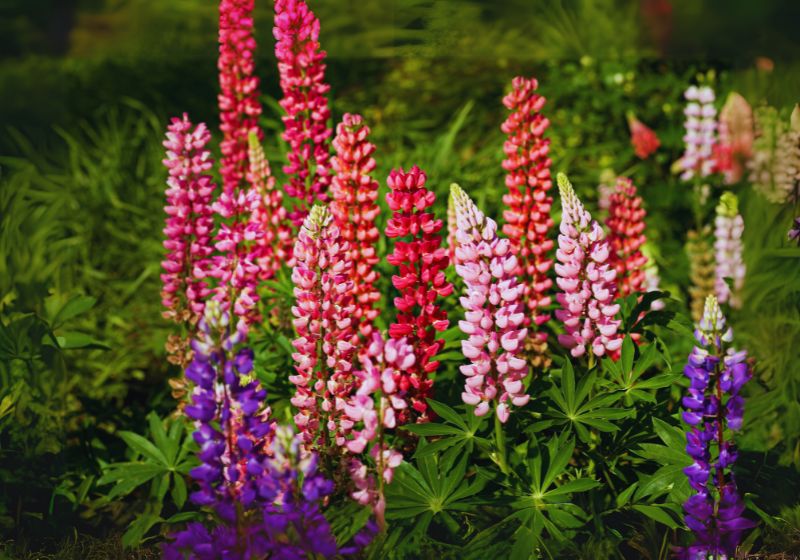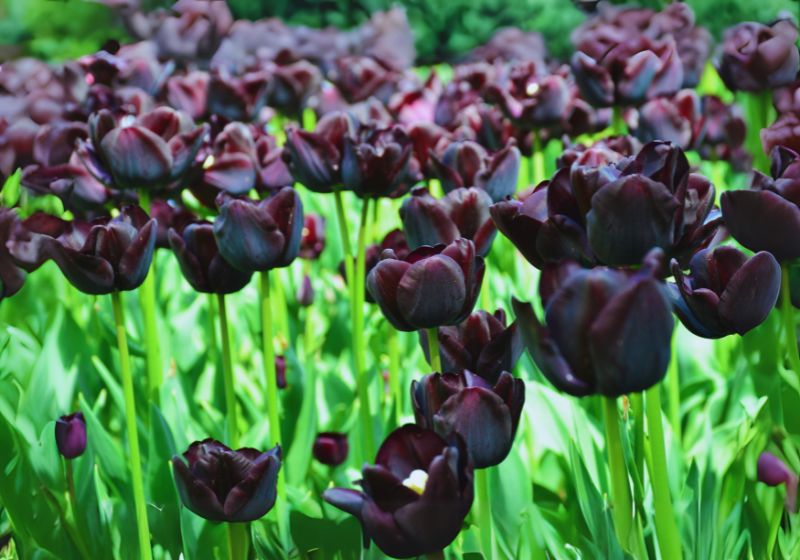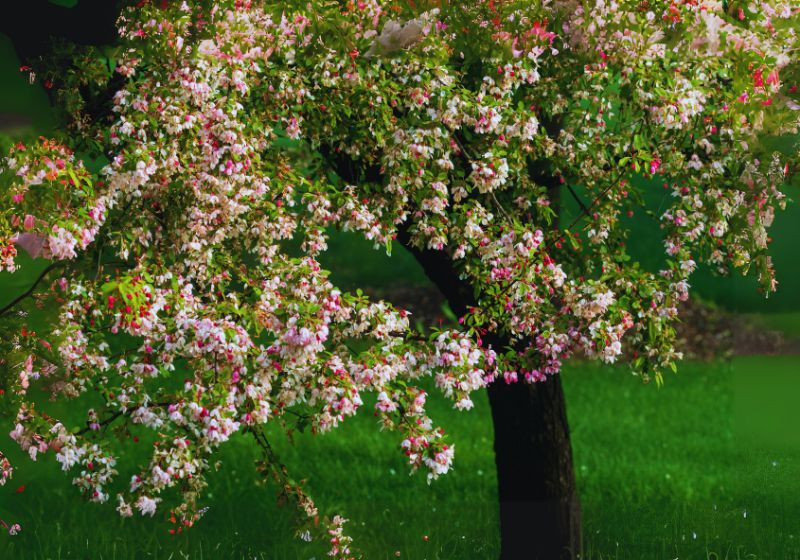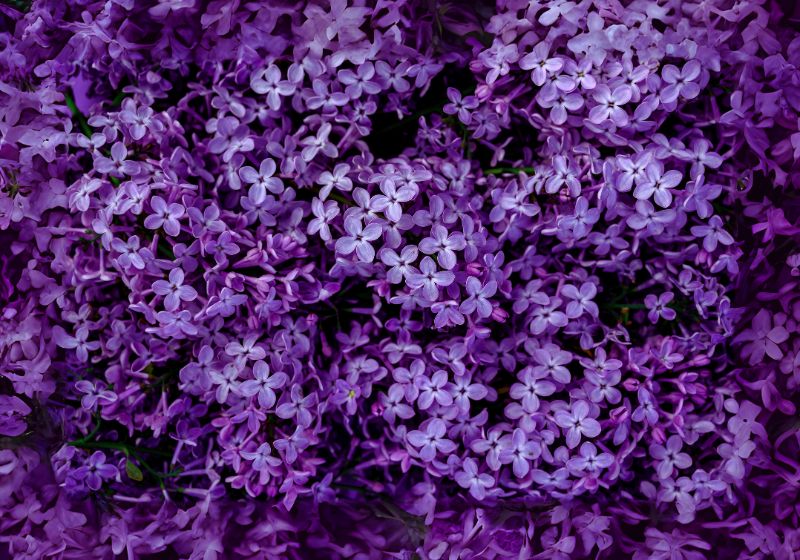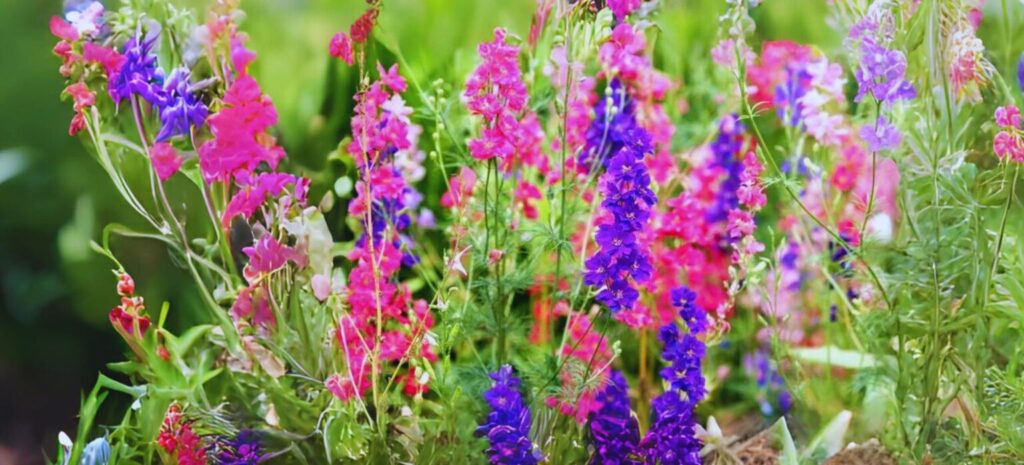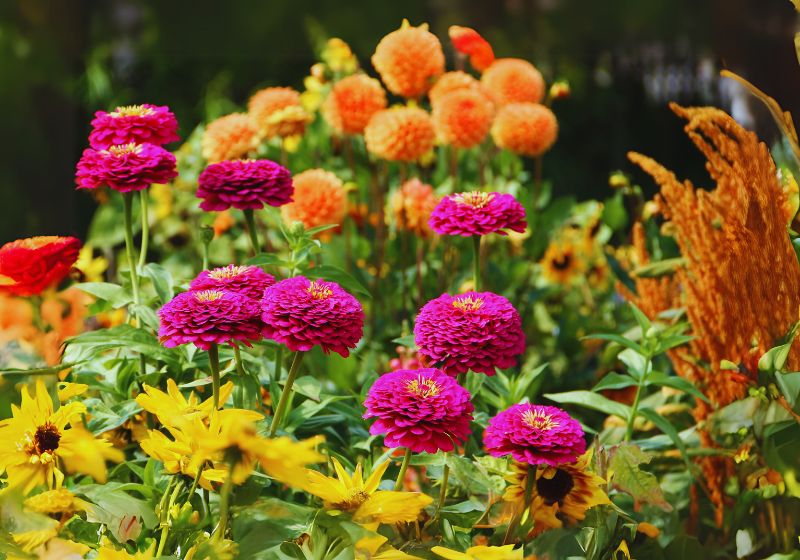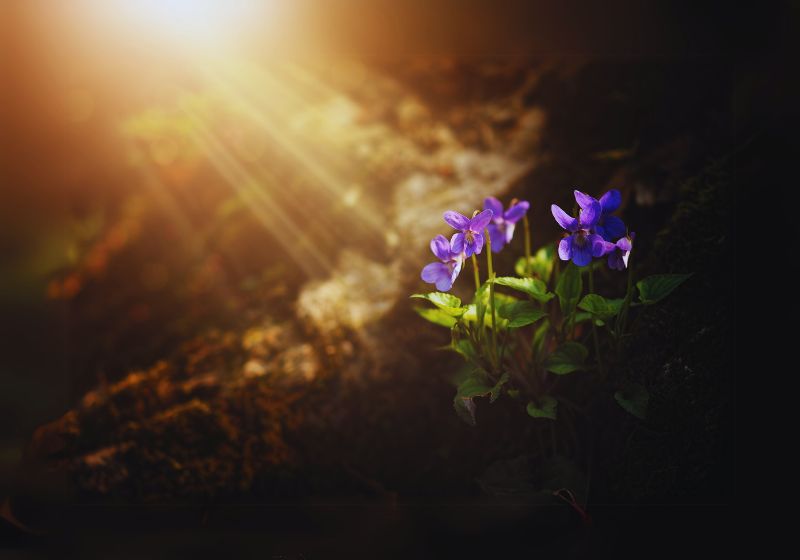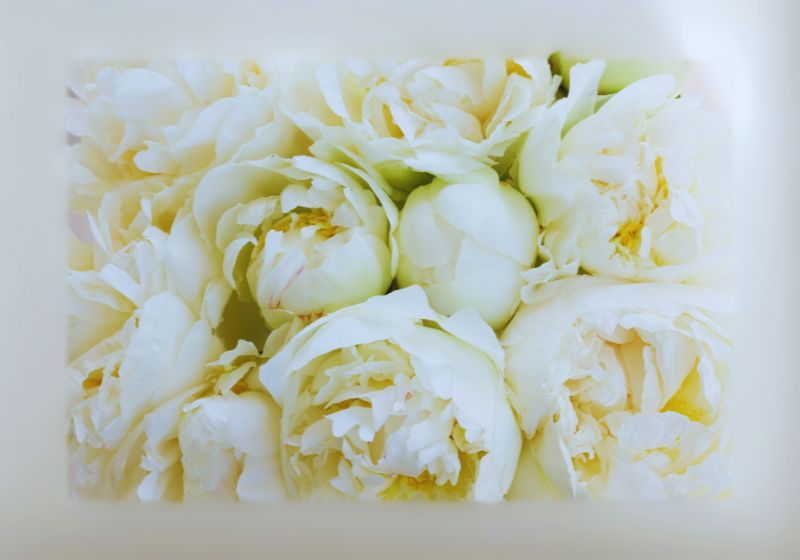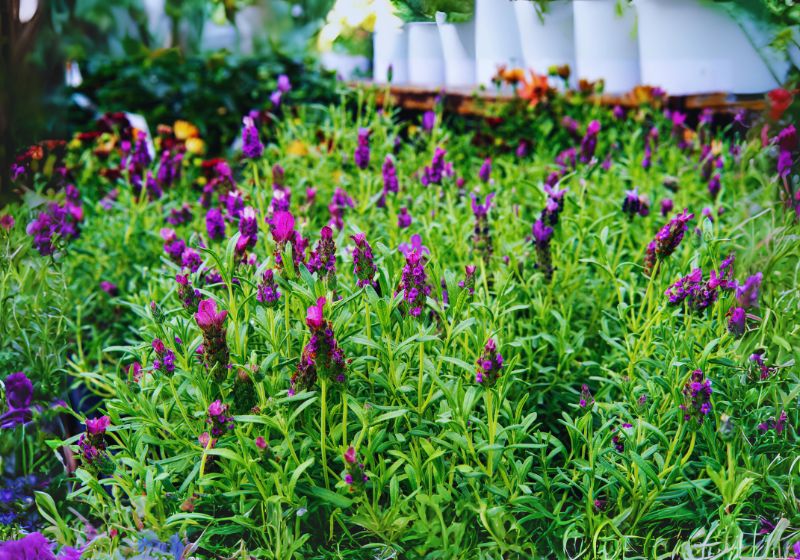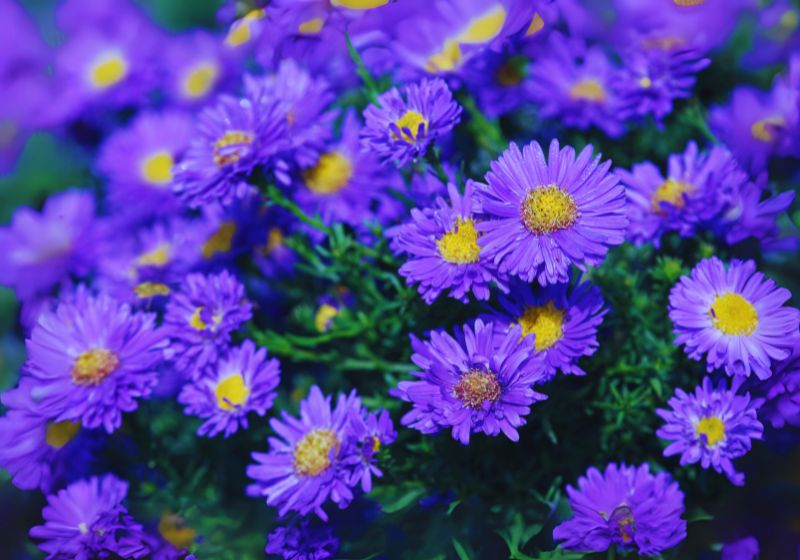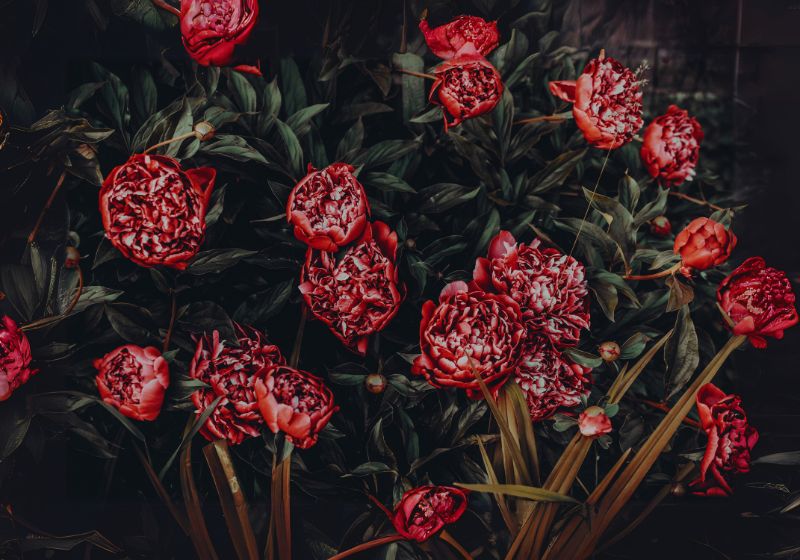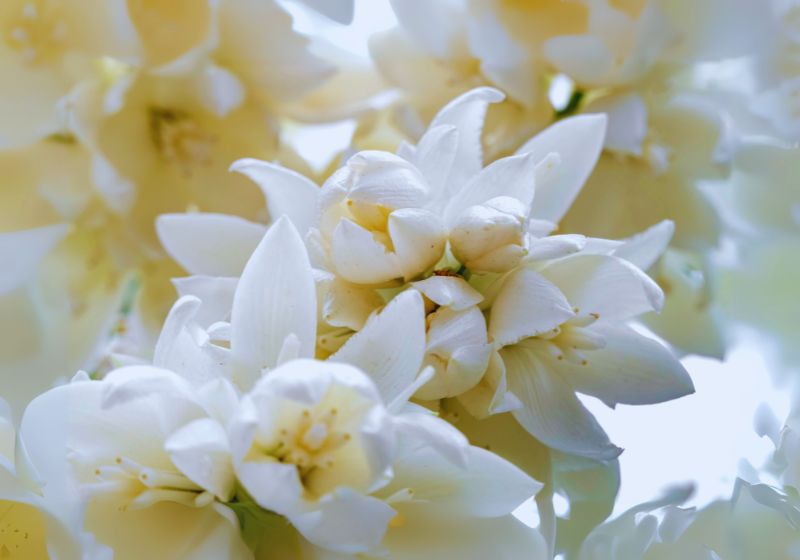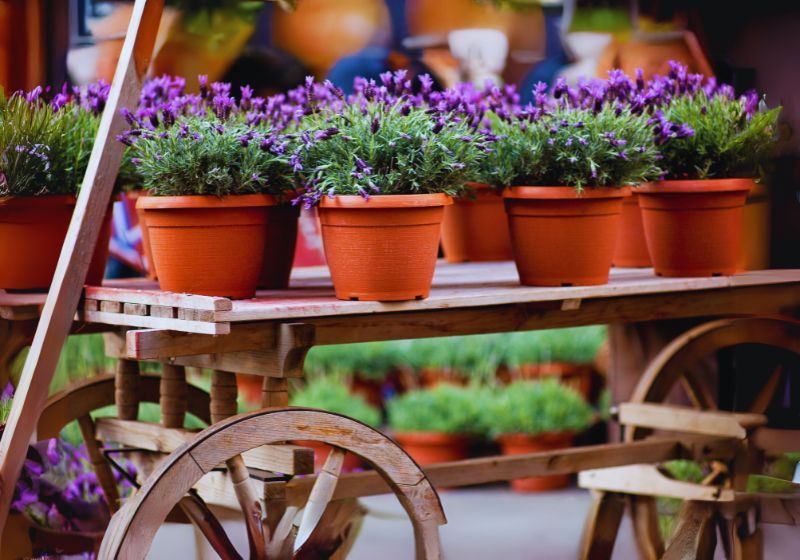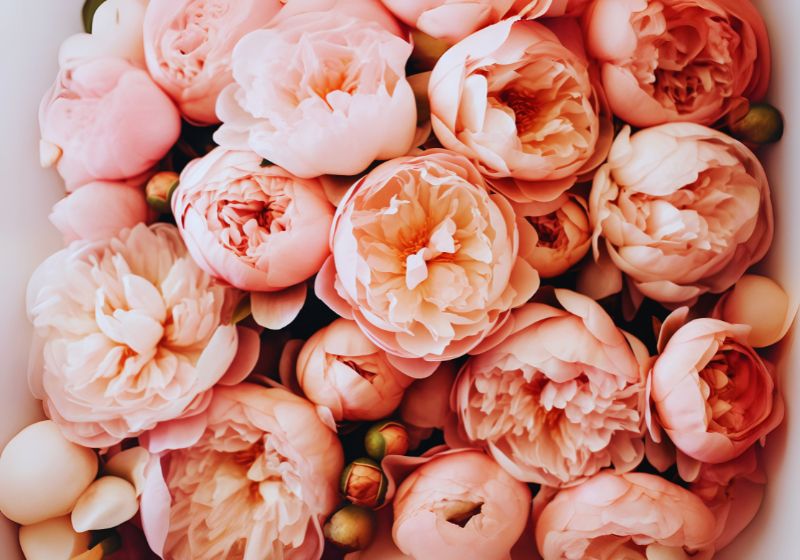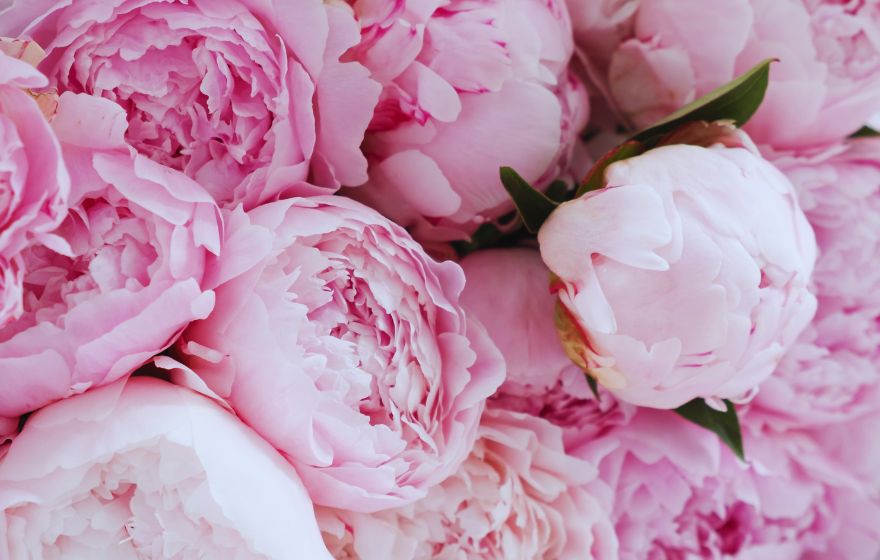Yucca Plants: Grow Your Own Drought-Tolerant Beauty
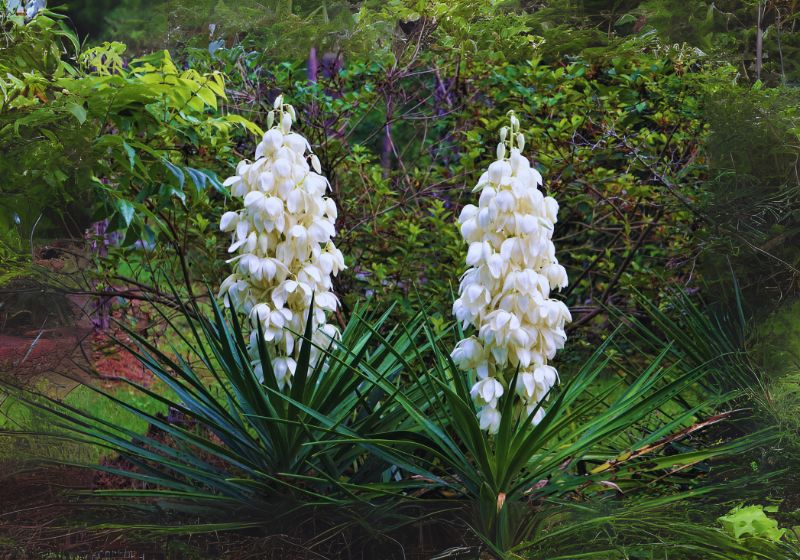
Yucca is an ornamental plant with vigorous and very resistant development, perfect for those who look for plants that are low maintenance and drought resistant. From those with plenty of experience in gardening or from those who are just starting, yuccas are a great addition to both landscape and home. In this article, you will learn all there is to know about the yucca plant, how to cultivate it, and how to properly care for it.
Understanding Yucca Plants
What Are Yucca Plants?
Yucca is an Asparagine family and can be found in the arid zone of America and the Caribbean. It is characterized by long rosettes of rather rigid, strap-shaped leaves and tall stems bearing racemes of white or cream-cultured flowers. Yuccas are very diverse and can adapt to living indoors as well as can be grown outside.
Popular Varieties of Yucca
Yucca filamentous (Adam’s Needle): A tough variety that has small green leaves with spiky flowers standing high on stems.
Yucca gloriosa (Spanish Dagger): Famously characterized by its tall, rigid, green leaves with tiny white flowers.
Yucca elephantries (Spineless Yucca): Better known as the indoor variety, it has softer leaves compared to the typical outside plant type.
Yucca agliophobia (Spanish Bayonet): Has prickly and marginal leaves and large showy inflorescence.
Why Choose Yucca Plants?
Drought Tolerance
Yucca plants are drought resistant, thus they can grow in areas witnessing little rainfall or where a water conservationist comes in search of.
Low Maintenance
Some of these plants can be left alone once they are planted, some prefer loamy, clay or sandy soils and rarely need to be fertilized or pruned.
Aesthetic Appeal
To its garden and interior decorators, yuccas bring about a structure and strong line, giving emphasis on its formation and foliage.
How to Grow Yucca Plants
Selecting the Right Location
- Sunlight: Yucca plants can mostly be grown in areas with full sun exposure, though they can also do well in situations that receive partial shade. It should be exposed to at least 6 hours of direct sunlight everyday.
- Soil: Select a well-draining soil mix because Yucca plants do not tolerate wet feet at all. The best soils include sandy or rocky ones.
Indoor Planting
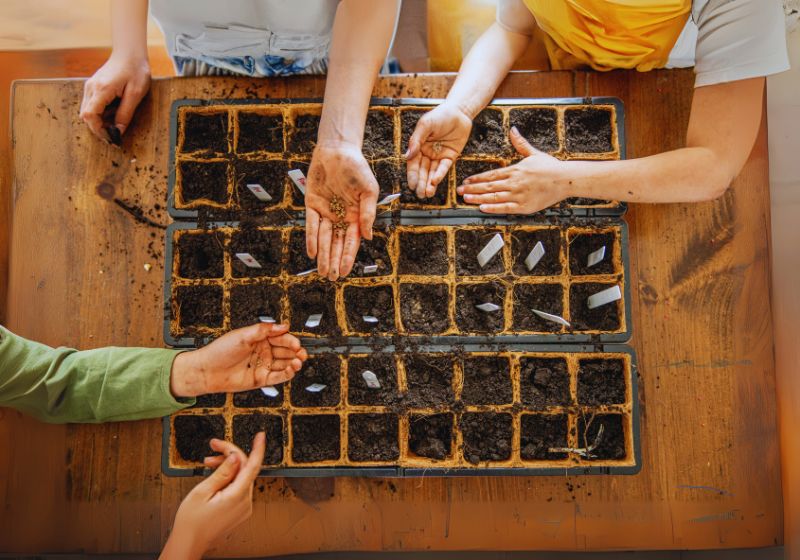
Light Requirements: Put your yucca where it can receive lots of light; preferably on a window that faces south. These plants can grow in a low light environment, but will grow at a slower rate.
Pot Selection: You want to ensure that it does not soak in water hence use a pot which has pre made drainage holes. Choosing the right planners: A terracotta pot can also assist in drawing moisture away from houseplants.
Propagation Methods
From Seeds
- Obtain yucca seeds from the flowers of ripe yucca plants or better yet, obtain seeds from commercial sources.
- To improve germination, steep seeds in water for one day prior to planting.
- Sow seeds with good drainage on seed compost and place the container in a warm, light place.
- Don’t overwater it; this is because you want the soil to remain moist but not wet.
- Germination may be on average a few weeks to a few months for most of these seeds so be patient.
From Offsets (Pups)
- Locate little shoots (offsets) around the base of a complete yucca plant.
- Carefully cut the offset from the mother plant with the help of a sharp, well sterilized knife.
- Leave the offset to dry for a day or two by which it sets a callus on the surface of the flat.
- Transplant the offset in loose soil and only water when the plant’s roots have grown into the soil.
From Stem Cuttings
- Choose a healthy stem of the plant and with sterilized scissors or a sharp knife, take a cutting from the plant.
- It is also important not to allow the cutting to dry for several days to avoid rotting of the cuttings.
- Bury the cutting in a bright area in a pot that has a medium of sand for growing the cutting.
- Water only when there is very little movement or no movement at all, until shoots are produced.
Planting and Care Tips
Watering
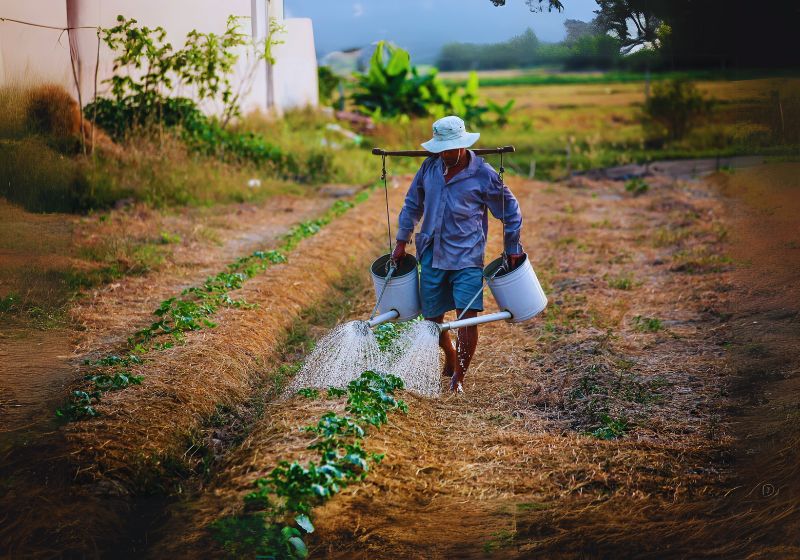
- Outdoor Yuccas: Use lots of water, but less often and allow the soil to dry out before watering again.
- Indoor Yuccas: Certain plants require one to water them just when the upper most layer looks dry. It is very important not to over water them as this may result in root rotting.
Fertilizing
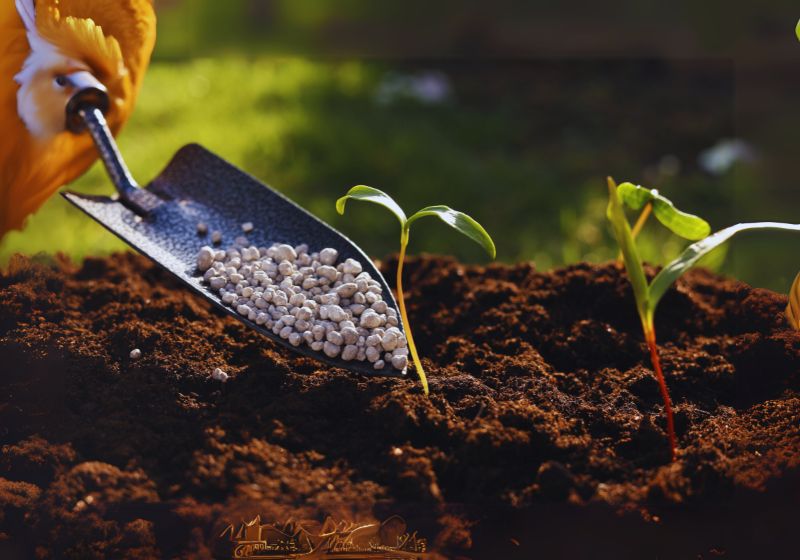
Yuccas are light feeders. A slow release, balanced fertilizer should be applied in spring to aid this species growth. Don’t over fertilize as it may lead to scorched foliage.
Pruning
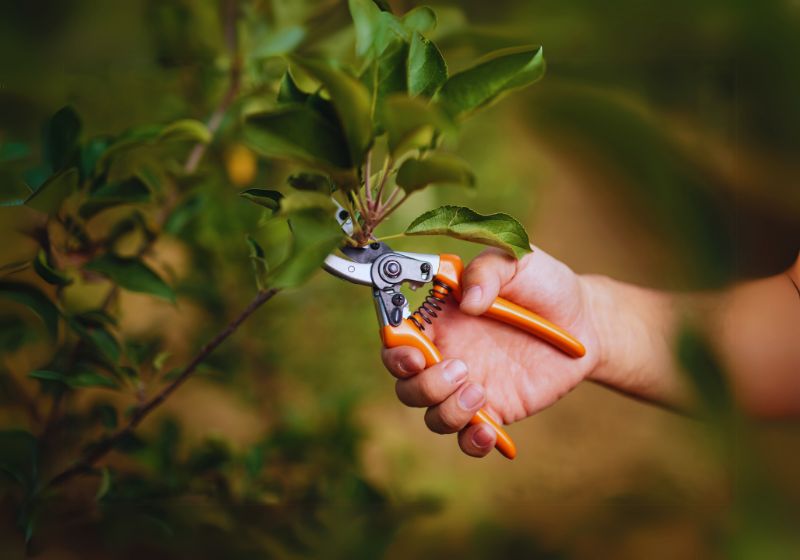
It is essential to regularly prune the plant by eliminating diseased or yellowing foliage when it will look better. Flowering ones should have their flow towards cut back This should be done in addition to pinching tips on young plants.
Pest and Disease Management
- Common Pests: It is susceptible to scale insects, mealy bugs and spider mite. Spray your plants with insecticidal soap or use neem oil to contain the infestations.
- Diseases: The correct drainage should however be maintained to avoid suffering from fungi such as root rot. Do not water the plant from above to decrease the chances of developing the leaf spot problem.
Designing with Yucca Plants
-
Desert-Inspired Gardens
Yuccas are best grown together with other desert adapted plants such as cacti, agave, and other ornamental grasses.
-
Accent Plants
Plant yuccas in the center of garden beds or near the doors or gates of your house. Some of their styles can create a focal point in a space and address the problem of the wall being a vertical plane.
-
Companion Plants
The best companion plants for yuccas are perennials in each different color such as lavender or echinacea in summer and salvia in fall.
Indoor Decor
Modern Minimalism
Put one soil-less yucca in a contemporary pot for trendy homes curated to a more elegant minimalist feel.
Tropical Vibes
Yuccas are best grown alongside other tropical plants such as the monstera and palms if one wants an indoor jungle feel.
Troubleshooting Common Issues
Yellowing Leaves
- Cause: The common issues may include over watering, poor drainage or lack of adequate exposure to sunlight.
- Solution: Water less frequently, make sure the soil doesn’t retain water and reposition the plant in an area with more light.
Brown Leaf Tips
- Cause: Under watering, low humidity or having applied a lot of fertilizer.
- Solution: Raise amounts of humidity, use water more frequently and apply fertilizer less often.
Slow Growth
- Cause: Something like lack of light, or some nutrient deficiency is present in a human body.
- Solution: Give more sunlight or use an organic grade fertilizer during the planting period of time.
Benefits of Yucca Plants
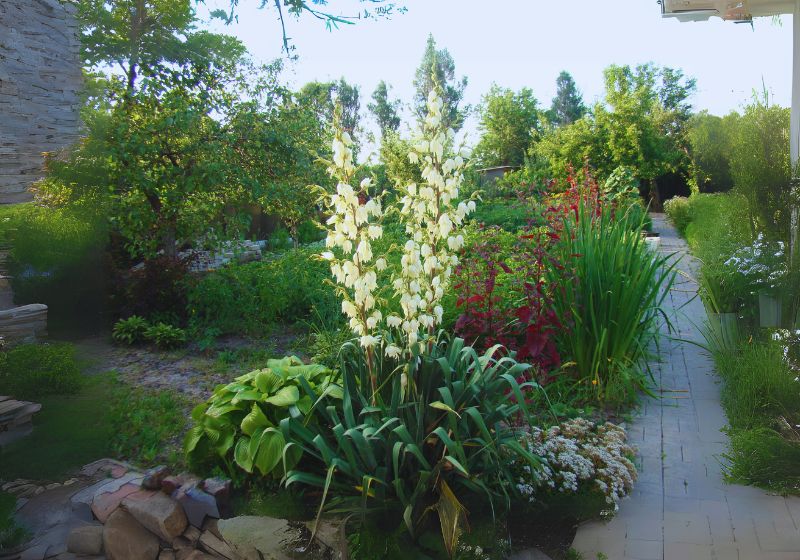
Erosion Control
They have huge and very developed root systems and so it can serve as a good preventive measure against erosion especially in areas such as deserts and areas which experience semi-arid climate. Therefore, yuccas should help to raise the soil stability to prevent further degradation and to form a healthier environment.
Habitat Creation
In other words, they are positively connected with the local biotic community. provides shelter for small insects and animals. This makes yucca plants a vital part of the food chain and ecosystem balance.
Health and Well-Being
Air Purification
Certain indoor plants such as Yucca give out oxygen and absorb toxic compounds from the air in the home. They are most efficient as the filtration of pollutants such as benzene, formaldehyde, and ammonia which are present in most of the products we use at home.
Stress Reduction
These plants – the kind of plants that are all over the place – actually help relieve stress and bring about relaxation. These plants provide the beauty in the location both indoors and outdoors and hence give a link with nature.
Below is an in-depth exploration of these advantages:
Erosion Control
Yucca has a highly developed and extensive root system which has the ability to hold the soil hence checking on soil erosion. This characteristic is especially useful in the arid and semi-arid areas where there is often instability of the soil. Due to its capability of preventing the shifting of soil, yuccas also support the healthier environment of soil.
Habitat Creation
They are beneficial for more than just soil stabilization; in area of local wildlife and food security for animals they serve as home and food source. They are characterized by flowers which yield nectar on which bees, butterflies and even humming birds feed on.
Health and Well-Being
Air Purification
They seem to be rather moderate in terms of air-purifying abilities but still, they help to enhance the quality of indoor air. They can exclude some unwanted compounds including benzene as well as formaldehyde that is used in manufacturing household products. By incorporating yucca plants into indoor spaces, you can enhance air quality, albeit to a modest extent.
The Practical Planter
Stress Reduction
Indoor plants are alleged to be beneficial to stress and mental health among workers. They are nice to the eyes and relating to nature can make them reduce stress, lower blood pressure and anxiety levels as well as lead to increased concentration and productivity.
Greg
Conclusively, the yucca plant is noble in many ways; as a shield that offers ground cover to avoid soil erosion and habitation to diverse wildlife, as well as a beneficial cleaner of air quality and fighter against stress in human life.
Conclusion
These plants are ideal for gardeners and plant lovers who want to introduce some sense of toughness and sophistication into their areas. Being a hardy plant with attractive foliage, yucca plants are also excellent for areas that experience little water supply and may require little attention. If you follow the advice provided in this publication you’ll be able to enjoy these very useful plants for quite a long time.
Read More: How to Successfully Grow Peonies: A Comprehensive Guide


 English
English 

